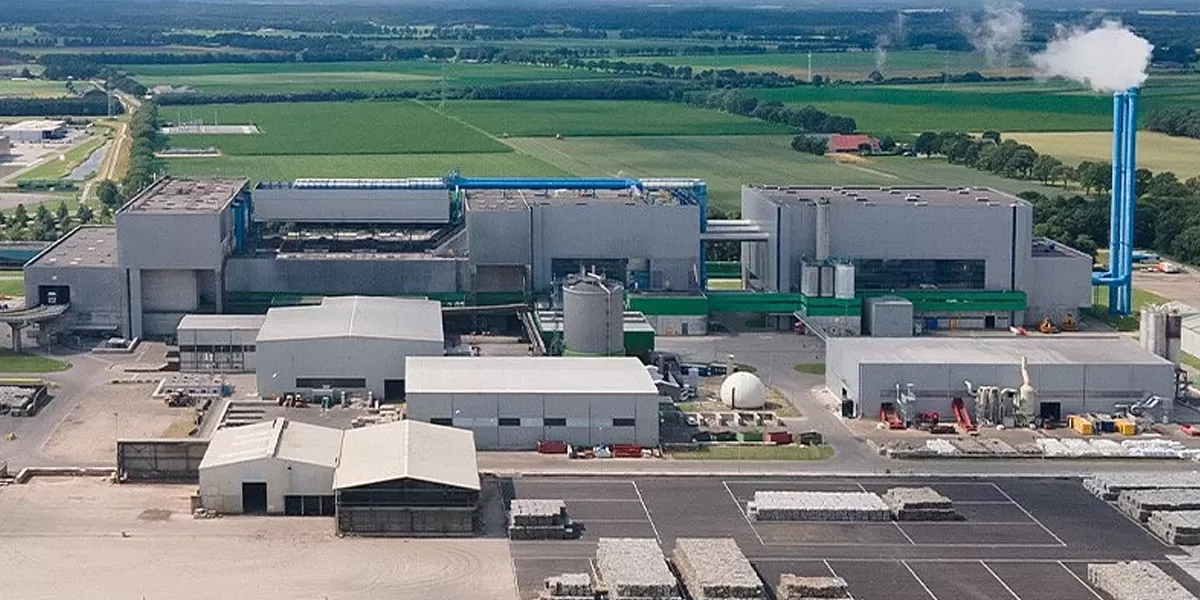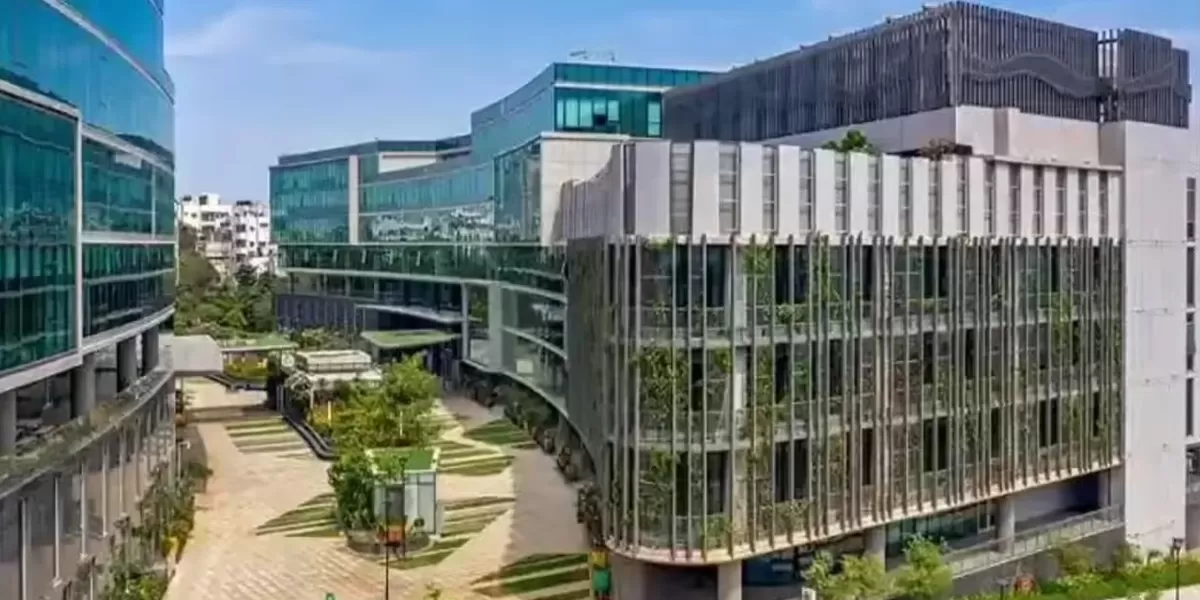What will it take to develop the rental housing market in India?

US Experts Join ONGC to Contain Assam Gas Leak
A team of international well control experts from the United States has been mobilised to assist Oil and Natural Gas Corporation Limited (ONGC) in containing a gas leak from one of its wells in eastern Assam’s Sivasagar district. The specialists are expected to arrive at the Rudrasagar oilfield site by the evening of 20 June to bolster containment efforts with advanced technical support.The incident occurred on 12 June at well number RDS 147A of rig SKP 135, located at Barichuk in Bhatiapar. The site, operated by private contractor SK Petro Services on behalf of ONGC, experienced a blowout, ..

Attero to Invest Rs 1 Bn to Boost Rare Earth Recycling
E-waste recycling company Attero has announced plans to invest Rs 1 billion to increase its rare earth element (REE) recycling capacity from 300 tonnes to 30,000 tonnes annually over the next 12 to 24 months. The move comes amid tightening global supply and India’s push for critical mineral self-reliance following China’s recent export restrictions on rare earths.“Attero is ready to scale its rare earth recycling capability from one to 100 tonnes per day, reaching 30,000 tonnes annually,” said Nitin Gupta, CEO and Co-Founder. The investment will support extraction of key rare earth ele..

West Bengal to Set Up 3 New IT Parks in North Bengal
The West Bengal Government has announced plans to establish three new IT parks in north Bengal, as part of its broader strategy to enhance the State’s information technology infrastructure. The move comes in response to the growing demand for space in existing facilities, all of which are currently operating at near-full capacity.At present, West Bengal has 22 IT parks, with occupancy levels ranging between 80 per cent and 100 per cent. In Siliguri alone, all three operational IT parks are running at full capacity, prompting the State to expand its presence in the region.“We are now focusi..
















